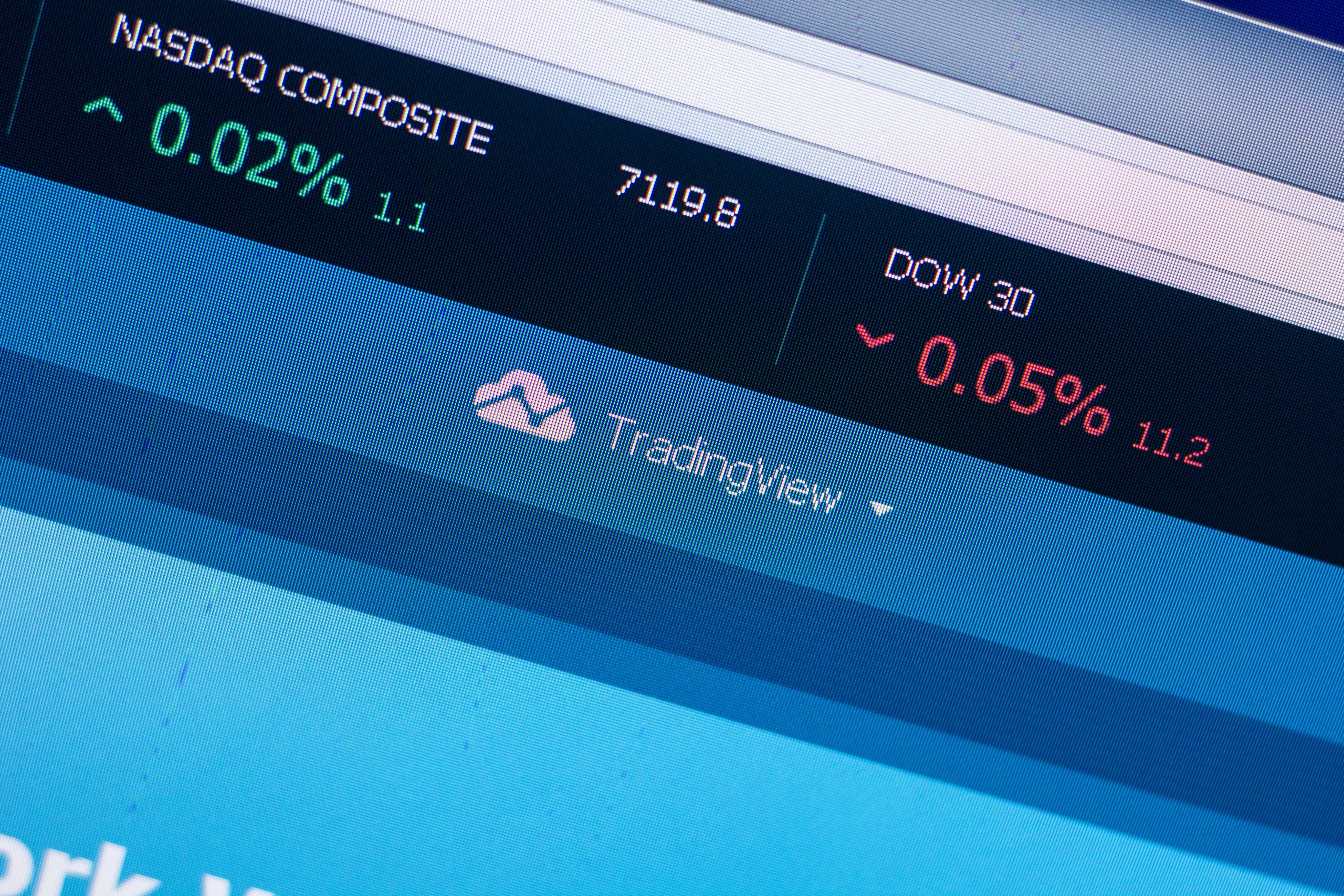You must do your own due diligence and make your own decisions when choosing where and how to invest. Our team have many years of experience testing thousands of trading robots so that we how to buy rarible can provide readers with feedback based on our own opinions. These tools ensure quick responses to market shifts and timely profit accumulation alerts, preventing missed opportunities and minimizing unexpected losses.
Integrating with a Trading Platform
This step involves analyzing the market and determining the specific criteria that will guide your trading decisions. It is essential to have a clear understanding of your trading goals and risk tolerance. In this article, we will explore the process of building a trading bot from scratch. We will discuss the essential steps involved in creating an effective and profitable trading bot, covering everything from setting up a virtual environment to implementing sophisticated trading algorithms. By the end of this guide, you will have a solid foundation to develop your own automated trading system.
Por lo tanto, continuous monitoring, backtesting, and optimization of trading strategies are crucial to ensure the bot’s effectiveness and profitability. With your development environment set up, it’s time to implement your trading strategy. This involves writing code that will analyze market data, make trading decisions, and execute trades. You will need to use the APIs provided by your chosen exchange(s) to access real-time market data and execute trades. The first step in setting up a development environment is to choose a programming language.
- Once you are satisfied with the performance of your trading bot, it is time to deploy it to the live markets.
- AI algorithms can also be used to automate the decision-making process, allowing the bot to make faster and more accurate trades.
- Throughout this guide, we have explored the essential steps involved in creating an automated trading system.
- Once the trading bot has been built and optimized, it’s important to deploy it to a server or cloud platform to ensure that it runs reliably and efficiently.
- It is a simple code editor that understands the proprietary Pine Script and can be used to work on any chart or group of charts.
- It can be deployed for paper trading on partnered centralized exchanges and brokerage service providers.
- The primary purpose of a trading bot is to execute trades at optimal times based on predefined conditions, which can be based on technical indicators, price movements, or other relevant data.
Defining the trading strategy
Trading bots operate purely based on logic and predefined rules, eliminating any emotional bias and ensuring consistent execution of trading strategies. At its core, a trading bot is a computer program that executes trades automatically based on predefined rules and algorithms. It eliminates the need for manual trading and allows for faster execution, increased accuracy, and the ability to operate in multiple markets simultaneously.
Setting up an integrated development environment (IDE)
- Once the bot has been backtested, it’s time to test it in a simulated environment using paper trading.
- These bots buy assets that are undervalued and sell assets that are overvalued.
- A trading strategy dictates the rules and conditions under which the bot will execute trades.
- Now, you can deploy the bot live on your preferred cloud platform or server and continuously monitor it using real-time tools.
- They can be used in various financial markets, including stocks, cryptocurrencies, forex, and commodities.
Once the trading decision has been made, the bot will need to place an order on the exchange. If you’re interested in building a solution, we can help you throughout the process. The best part about building your Trading Bot is that you can customize strategies according to your needs. Strictly Necessary Cookie should be enabled at all times so that we can save your preferences for cookie settings.
Choosing a Programming Language
As with anything revolving around stocks, shares and investments be careful with your money and only use the test phase is you are unsure of what you are doing. Trading bots are designed to remove emotions and human error from the trading process by relying on a set of predefined rules and algorithms. They can be used in various financial markets, buy $5 of bitcoin cash buy $5 worth of polkadot including stocks, cryptocurrencies, forex, and commodities. The choice of a programming language will depend on several factors such as the platform’s API, the complexity of the bot, your own familiarity with the language, and more. Python is a popular choice among traders because it is easy to learn, has a large number of libraries and tools for data analysis, and is well-suited for machine learning algorithms. Ultimately, the best language for you will depend on your specific needs and preferences.
Trading bots can be particularly beneficial for traders who want to automate their trading strategies and take advantage of market opportunities 24/7. They can analyze large amounts of data and execute trades at high speeds, which can be challenging for human traders. Before deploying your trading bot to the live markets, it is important to backtest and optimize its performance. This involves testing your bot on historical market data to see how it would have performed in the past. You can then make adjustments to your strategy and fine-tune your bot to improve its profitability. The primary purpose of a trading bot is to execute trades at optimal times based on predefined conditions, which can be based on technical indicators, price movements, or other relevant data.
News monitoring via web crawlers and sentiment analysis on platforms like Twitter enables rapid adjustments to market reactions. Combining these techniques ensures effective bot deployment and continual performance enhancement in dynamic stock and crypto markets. Effective backtesting can reveal flaws in your trading strategy and provide insights into how the bot will perform in live market conditions. For instance, you can program it to analyze price trends, trading volumes, and other indicators to identify potential opportunities. This structured approach minimizes emotional bias and ensures consistent performance.
A Step-by-Step Guide: How to Build a Trading Bot
A trading bot, also known as a trading robot or an algorithmic trading program, is a software program that automatically executes trades in financial markets. It what programming language is used for vr exploring the key languages for virtual reality development follows pre-programmed instructions to monitor market conditions, analyze data, and execute trades based on specific parameters. Once you are satisfied with the performance of your trading bot, it is time to deploy it to the live markets.
Testing and Optimizing Your Bot
By analyzing these metrics, you can identify areas for improvement and make necessary adjustments. An integrated development environment (IDE) is a software application that provides a comprehensive environment for developing, testing, and debugging code. There are several IDEs available for different programming languages, including PyCharm, Visual Studio, and Eclipse. Choose an IDE that is compatible with your chosen programming language and provides the necessary features for your solution. Setting up a virtual environment is an essential step in building a trading bot.
We will explain the different components involved, the choice of programming language, and the integration with trading platforms. We will also discuss backtesting and optimizing the bot to ensure its effectiveness and profitability. A well-designed and well-executed bot can potentially help you make more money in the financial markets. By automating your trades, you can take advantage of market opportunities more quickly and efficiently, and can reduce the impact of human emotion and bias on your decisions.
Additionally, you may need to install specific trading APIs or libraries for the exchange or broker you plan to use. Optimization is the process of refining and improving a trading strategy based on the results of backtesting. After initial backtests, the strategy’s parameters or rules can be adjusted to enhance performance. The choice of programming language ultimately depends on your personal preferences, experience, and the specific requirements of your trading bot. It’s important to consider factors such as library support, community resources, and the ability to integrate with trading platforms or APIs.
This can help to identify potential issues with the trading strategy or the code. So, if you’re ready to step into the world of automated trading, embrace the challenges, and unlock the potential of trading bots. Remember, risk management is crucial for preserving capital and long-term success.


